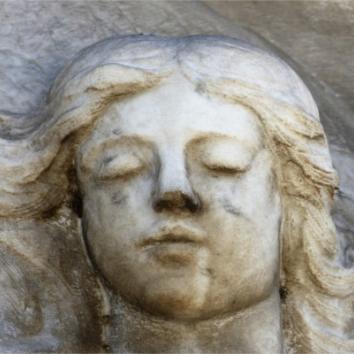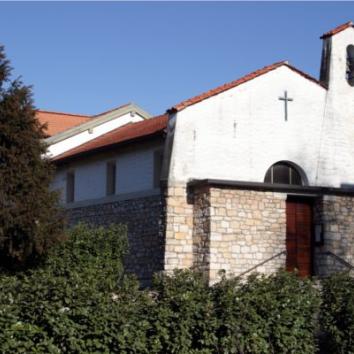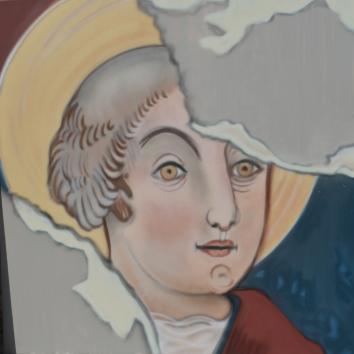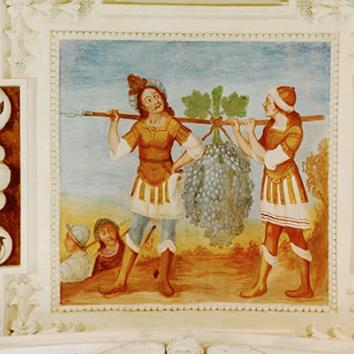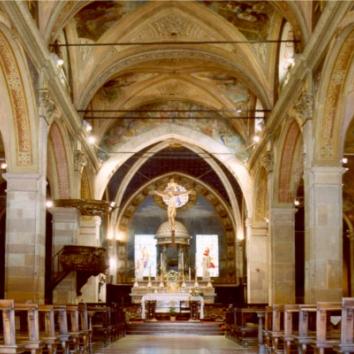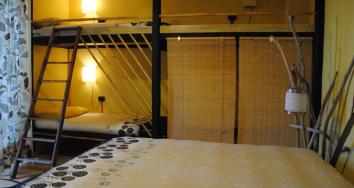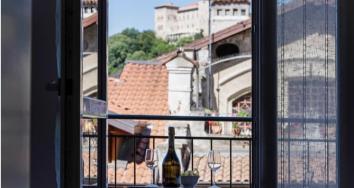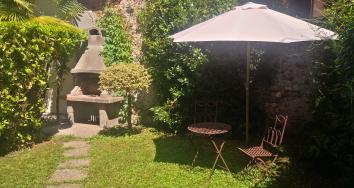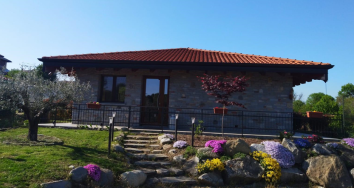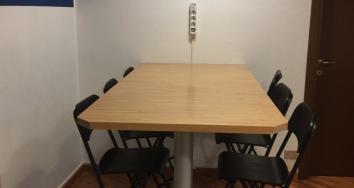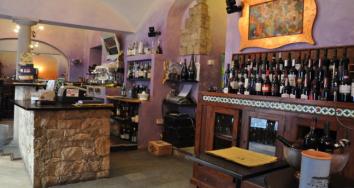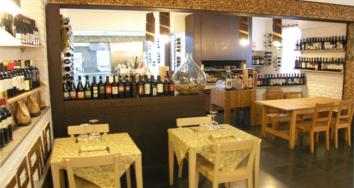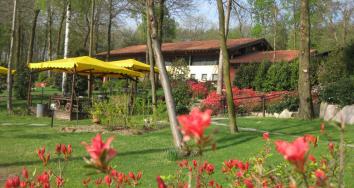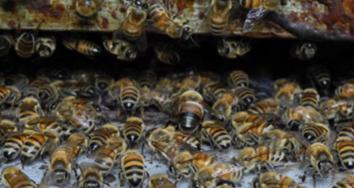Civic cemetery and Roman burial ground
Site n. 33 - Angera Open Air Museum
The Napoleonic and Austrian laws according to which cemeteries were to be moved to areas outside settlements were put into effect after the unification of Italy. The local surveyors and geologists decided to site in Bocca dei Cavalli locality the Civic Cemetery of Angera that was established in 1877. This new burial ground took the place of numerous small graveyards next to the old churches in the town.
The cemetery church is located at the centre of the semicircular structure that closed the area to the north. Here are commemorated those who fell in World War I and the victims of the explosion of the gunpowder magazine at Taino in July 1935. Under the portico there are memorials to Arturo Baranzini, MP for the Partito Popolare in 1921, Antonio Greppi, Mayor of Milan just after the last war, and his son Mario, who fell in 1944 during the War of Liberation. Noteworthy too are some of the memorials of Angera's important families and the area dedicated to victims of World War II.
The construction of the cemetery led to the discovery of the burial ground that the Romans had sited – surely not by coincidence – in the same place around two thousand years earlier.
The 19th century excavations were carried out in part by Alfonso Garovaglio, related to the Castiglioni family of Angera. A number of finds discovered by him are now on display in the Civic Museum of Como. The extension of the cemetery from 1970 onwards made possible systematic excavation campaigns; these were conducted first by the local Associazione Storica Archeologica Mario Bertolone and latterly by the Archaeology Institute of Milan and Pavia universities. Finds from more than 260 burials dating from the 1st to 3rd centuries AD were collected. A new excavation is undertaken before every modern burial.
The finds are kept in the Archaeological Museum in 2 Via Marconi, Angera.




